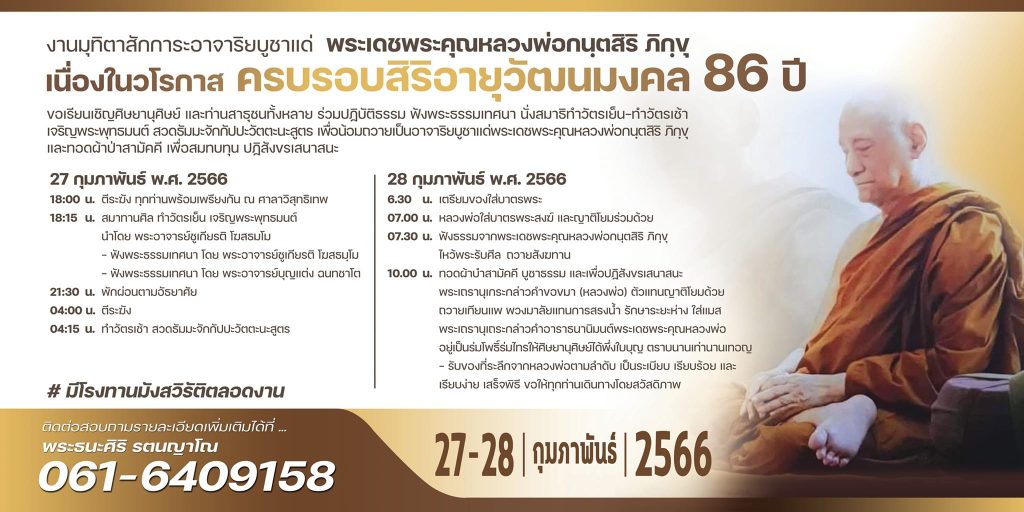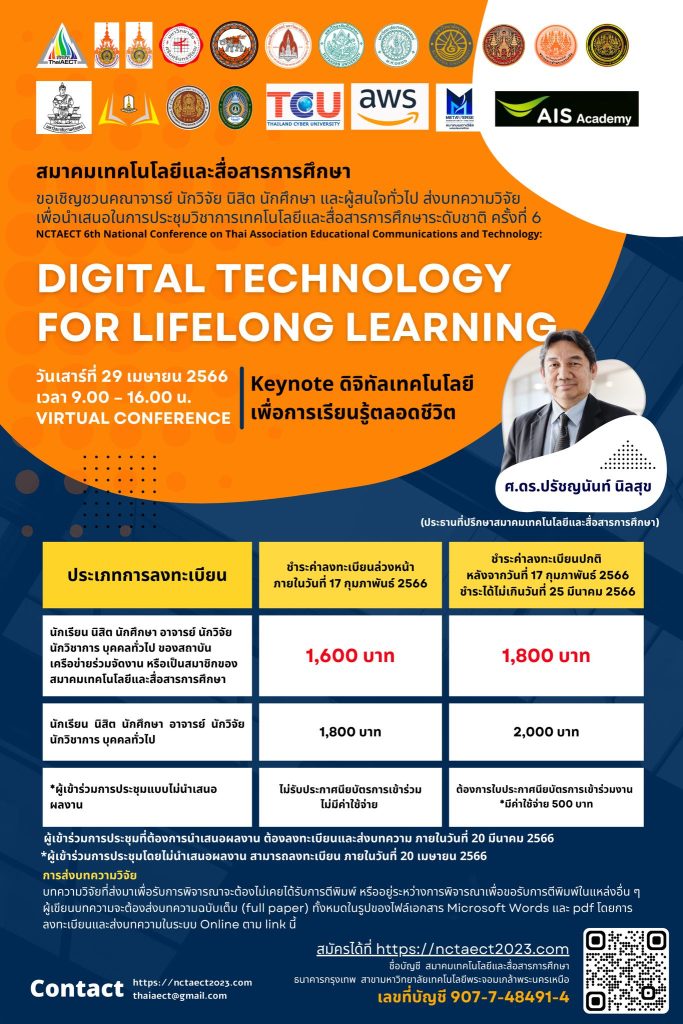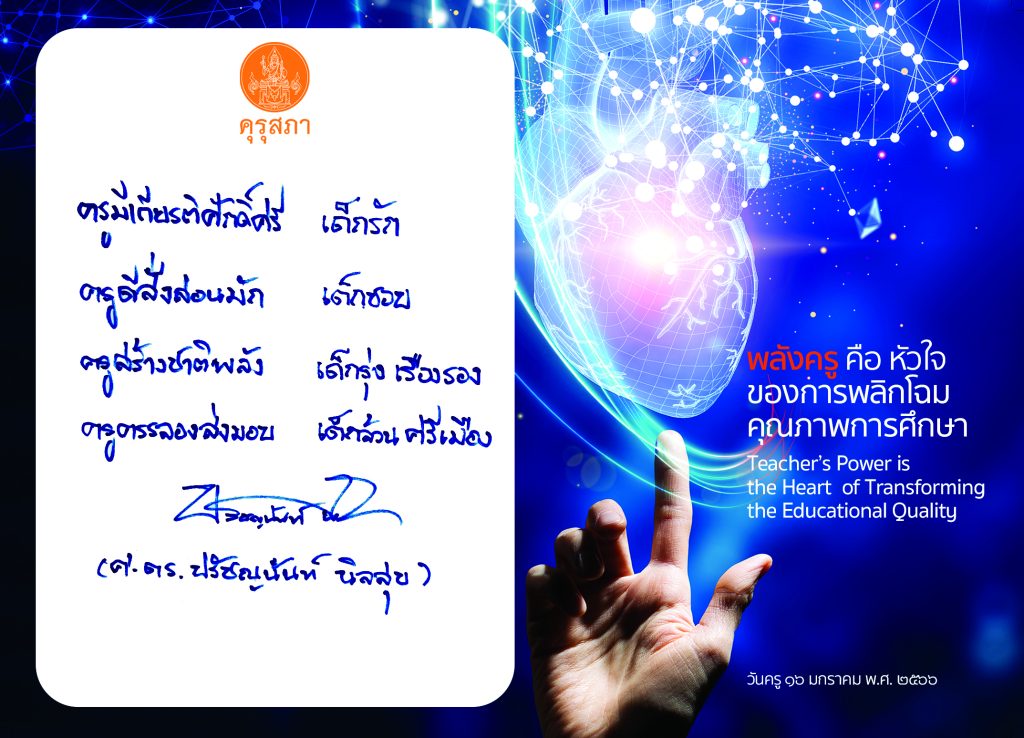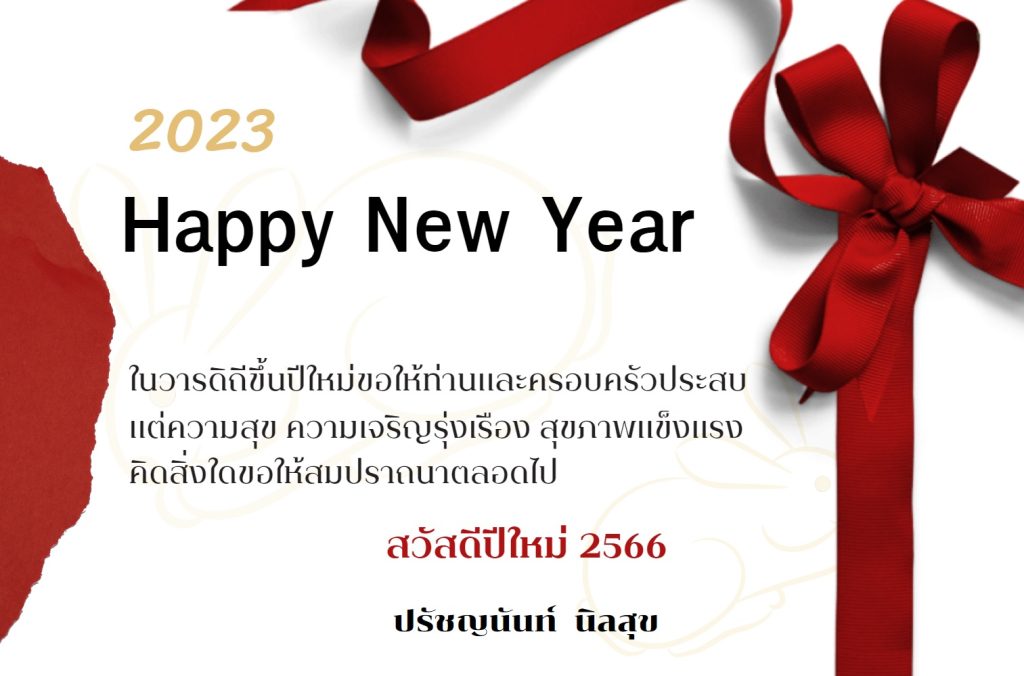ABSTRACT: This research aimed to synthesise the required competence of high-performance digital manpower for students in higher education. The study began with stating the problem, followed by a literature review to find core, congruous elements for a digital competence qualifications framework for undergraduates and digital manpower competence. It has been established that the competencies in terms of high-performance digital manpower for students in higher education consist of eight aspects as follows: 1) information retrieval and usage; 2) creativity and innovation; 3)identity and quality of life; 4) teaching or learning; 5) tools and technology; 6) communication and coordination;7)problem solving with digital tools; and 8) adaptive digital transformation. Guidelines for enabling high-performancedigital manpower involve enhancing digital educational competencies for higher education qualifications and developing a curriculum that allows students to use digital technology to perform their duties appropriately and efficiently.
Oraphan Amnuaysin, Prachyanun Nilsook & Panita Wannapiroon (2023).
Enabling high performance digital manpower through higher education.
World Transactions on Engineering and Technology Education.
Vol.21, No.1, 2023 ; pp 38-43.
http://www.wiete.com.au/journals/WTE&TE/Pages/Vol.%2021,%20No.1%20(2023)/06-Amnuaysin-O.pdf




